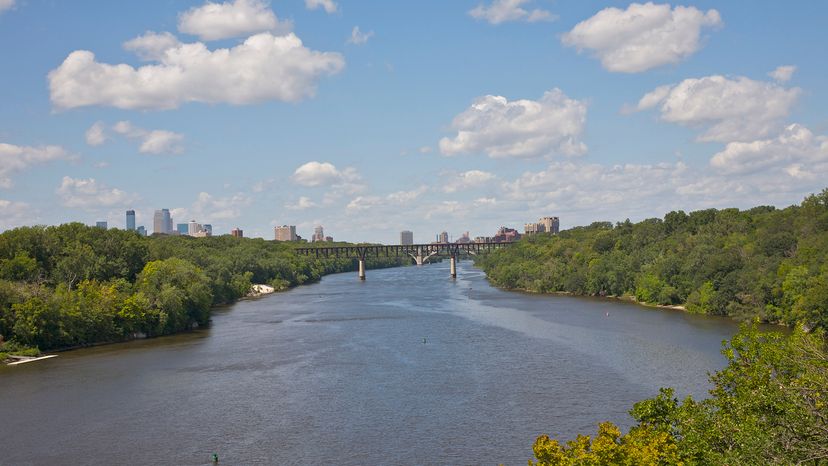
It's a tricky thing, trying to figure out the length of a specific river, let alone determining the longest river in the U.S. To start, you have to decide whether or not the river’s tributaries will count toward the full length. That can be a struggle since it’s not always clear where a tributary begins or ends.
Even the United States Geological Survey (USGS) admits that “somewhat arbitrary decisions” are necessary — alongside maps, aerial photographs and other considerations — when it comes to measuring the lengths of rivers.
Advertisement
That said, when the USGS attempted to compile data on the country's most significant rivers, it did so by considering each candidate’s “total length from source to mouth.” Using that criteria, the agency cataloged the following 10 as the longest rivers in the United States.